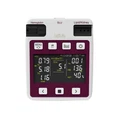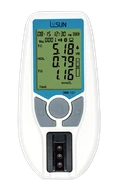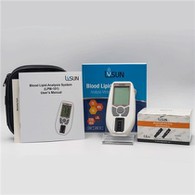
Experts at home and abroad suggest that the following adults need blood lipid testing the most:
1. Known dyslipidemia must be tested regularly (eg monthly)
2. Patients who have undergone cardiovascular and cerebrovascular stents or bypass grafting must strictly and regularly detect various blood lipids to control blood lipid levels.
3. Those with coronary heart disease, cerebrovascular disease or peripheral atherosclerosis;
4. Have high blood pressure, diabetes, obesity, smokers;
5. Those with a family history of coronary heart disease or atherosclerosis, especially those with early onset or early death in immediate family members;
6. Those with xanthoma or xanthoma;
7. Those with familial hyperlipidemia;
8. Men over the age of 40 and postmenopausal women.
Dyslipidemia in children should also be paid attention. Studies have found that coronary heart disease, atherosclerosis and hypertension all start in childhood or adolescence, and severe cases are accompanied by pathological changes in target organs. Some risk factors for coronary heart disease are present in childhood and exacerbate the pathological process of developing atherosclerosis in children. In addition, secondary hyperlipidemia due to obesity is also an increasingly serious public health problem of global concern.
In the United States, 2-year-old children with high-risk factors for coronary heart disease are also subject to blood lipid testing: including parents or grandparents who have been diagnosed with coronary heart disease by coronary angiography before the age of 55, including once cutaneous coronary angioplasty, coronary artery bypass surgery or confirmed myocardial Infarction, angina, peripheral vascular disease, stroke, or sudden death; parent with hyperlipidemia.



















